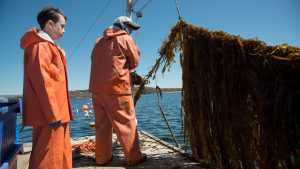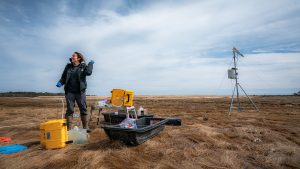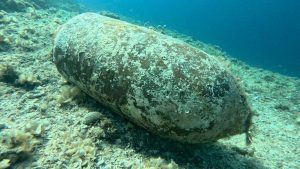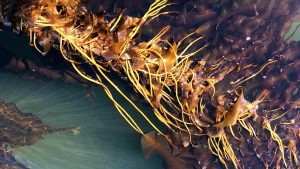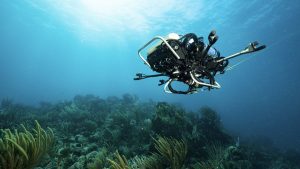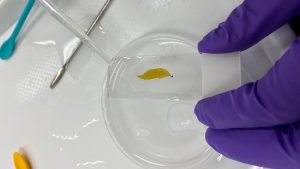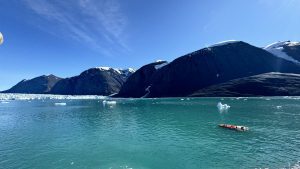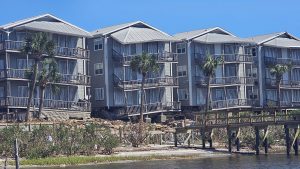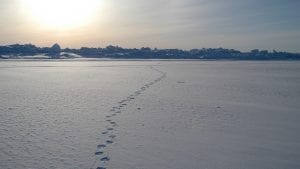Research Highlights
Oceanus Magazine
A hydrologist takes on a groundbreaking study to understand how groundwater moves through New England salt marshes in the winter.
News Releases
A new expansion of kelpwatch.org, brings over 40 years of satellite-derived kelp canopy data to South Africa and Namibia, offering new insights into these vital underwater forest ecosystems.
Faster identification of fish sounds from acoustic recordings can improve research, conservation efforts
A new strain of kelp can help support sustainable farming
Simultaneous missions near Greenland and American Samoa support critical research about ocean life and sea level rise
A joint team, including WHOI researchers, recently mobilized to investigate the real-time impacts of storm surge and waves from Hurricanes Helene and Milton.
News & Insights
An investigative report this week in the LA Times features the work of WHOI’s marine geochemistry lab in identifying the discarded barrels and analyzing samples from the discovery.


